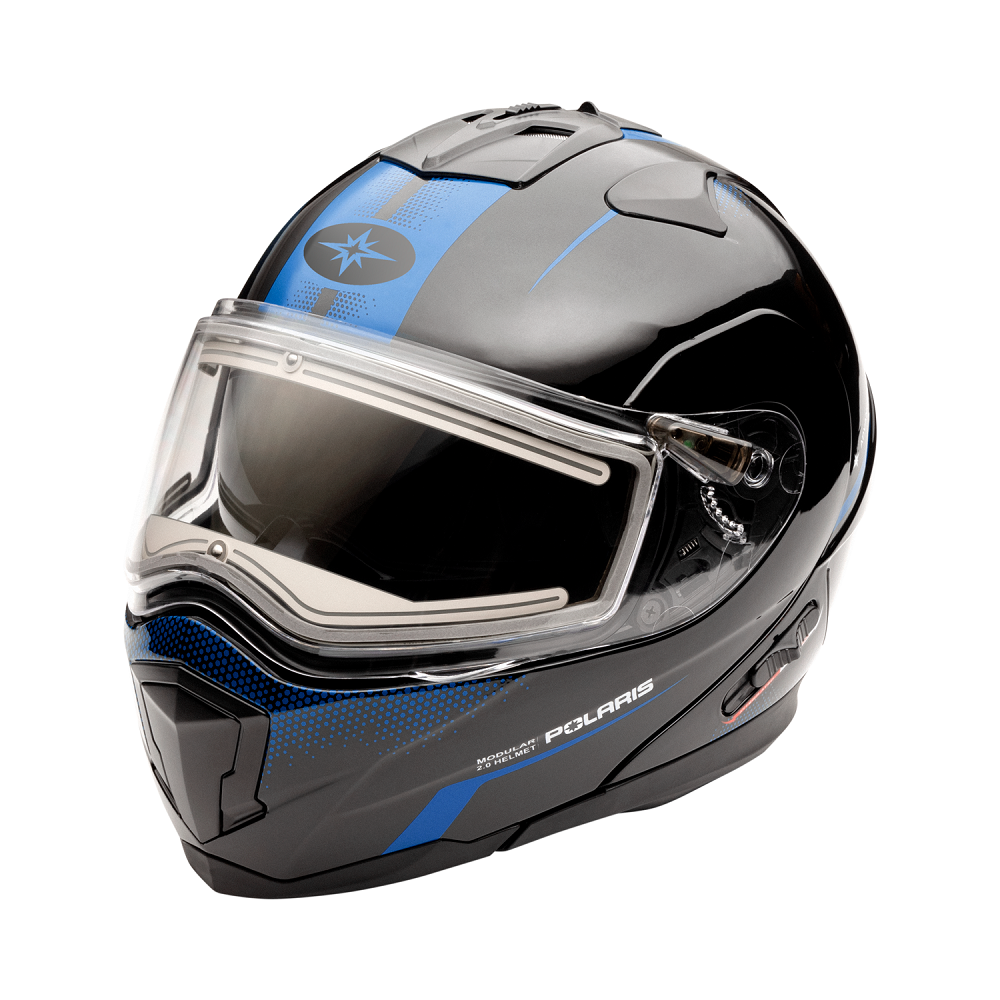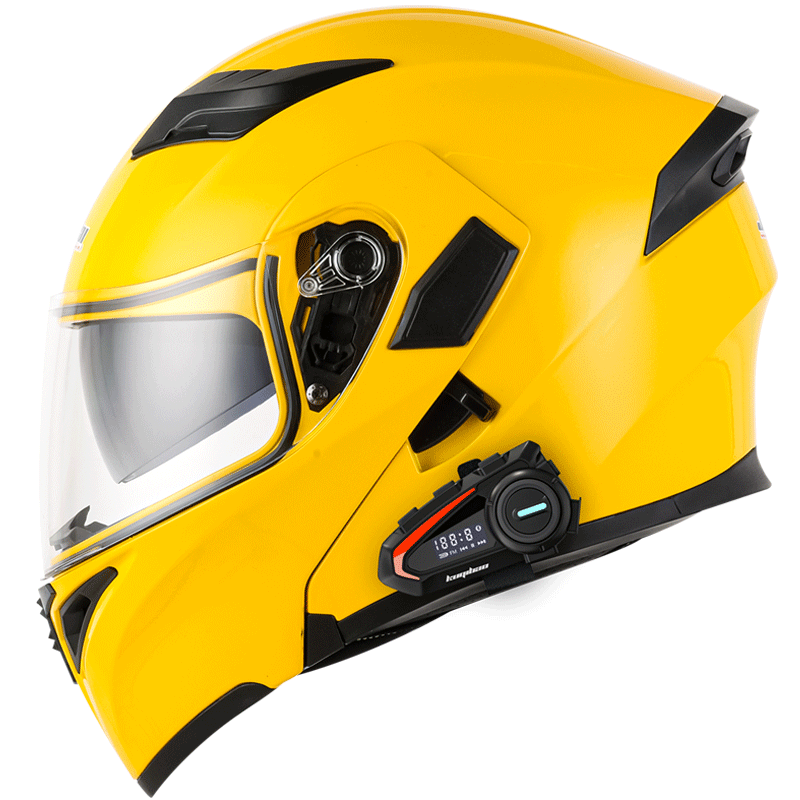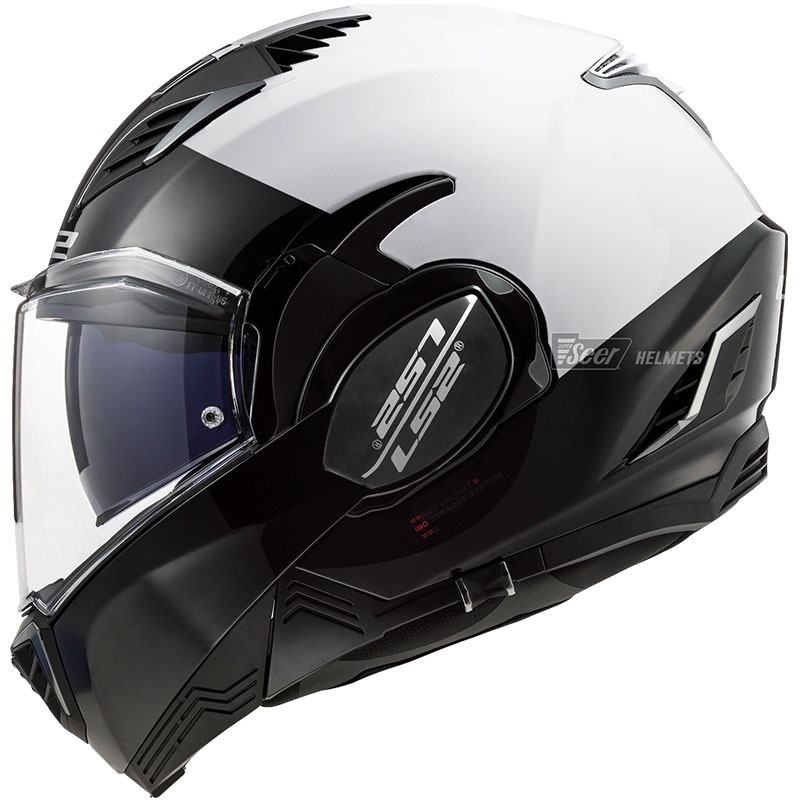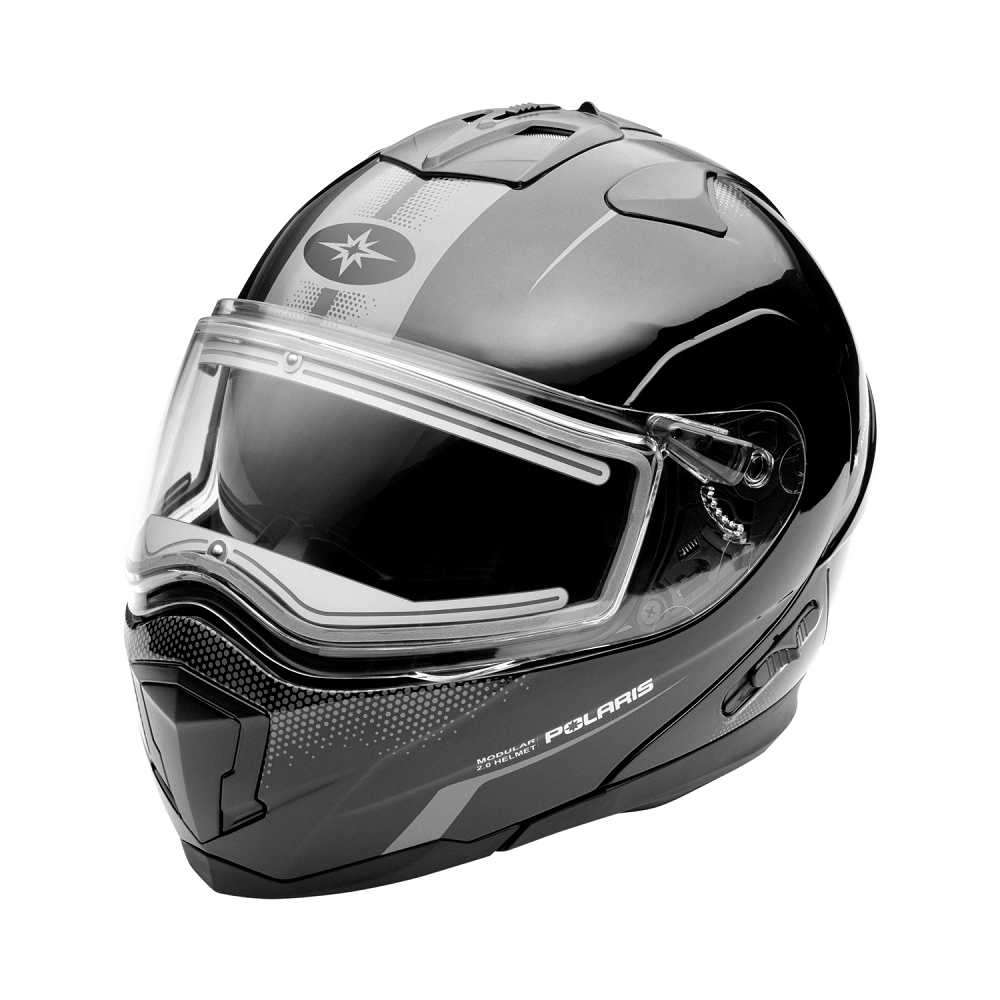Introduction to Modular Helmets
Understanding Modular Helmets
Modular helmets have gained popularity among motorcycle riders in recent years. These helmets combine the features of full-face and open-face helmets. They have a hinged design that allows the front of the helmet to lift up, providing flexibility and convenience during rides. This unique design offers the benefits of excellent protection while also allowing riders to enjoy greater comfort. The versatility of modular helmets makes them an attractive option for a wide range of riders, from casual commuters to long-distance travelers.
The Importance of Safety in Riding
Safety is a top priority for anyone who rides a motorcycle. Helmets play a crucial role in protecting the rider’s head during crashes. In many places, wearing a helmet while riding is not just recommended; it is required by law. A high-quality helmet can reduce the risk of severe injuries, including concussions and skull fractures. As riders, investing in a reliable helmet is essential for ensuring personal safety on the road.
Convenience for Everyday Use
In addition to safety, convenience plays a significant role in selecting a motorcycle helmet. Riders often need to communicate, navigate, or interact while on the road. Modular helmets are designed to accommodate these needs. The ability to lift the visor or front of the helmet makes it easier to talk to fellow riders or take a quick break without removing the helmet entirely. This functionality makes modular helmets ideal for those who spend a lot of time on their motorcycles, enhancing their overall riding experience.

Key Features of Modular Helmet
1. Safety Standards
One of the first considerations when choosing a modular helmet is safety compliance. Most helmets are tested and certified to meet specific safety standards set by organizations like DOT (Department of Transportation) or ECE (Economic Commission for Europe). These certifications ensure that the helmet has undergone rigorous testing for impact resistance and other safety metrics. Riders should look for helmets with appropriate certifications to be assured of their protective capabilities.
Importance of Certification
Helmets that meet safety standards are much more likely to provide adequate protection in the event of an accident. Safety certifications indicate that the helmet has been designed and manufactured to specific guidelines. Always prioritize selecting a helmet with these certifications for optimal peace of mind while riding.
2. Visor Features
The visor is another critical aspect of modular helmets. A high-quality visor protects the rider’s eyes from debris, UV rays, and wind. Many modular helmets feature anti-scratch and anti-fog coatings to ensure clear visibility in varied conditions. Some visors are also tinted or can be easily replaced to suit different riding needs.
Choosing the Right Visor
When selecting a modular helmet, consider the type of visor that best suits your riding style. If you often ride in varying light conditions, an adjustable or photochromatic visor may be ideal. Additionally, ensure that the visor locks securely in place to provide a tight seal during rides. Listening to customer reviews can guide the decision-making process when choosing visors for your helmet.
3. Comfort and Fit
Comfort and fit are paramount when choosing any motorcycle helmet, and modular helmets are no exception. A helmet should feel snug but not overly tight. Most helmets come with a range of sizes and shapes, allowing riders to find a suitable fit. The interior padding also plays a significant role in overall comfort, as it can help reduce fatigue during long rides.
Finding the Right Size
To determine the right helmet size, measure the circumference of your head just above the eyebrows. Compare this measurement to the manufacturer’s size chart to find your perfect fit. Remember that each brand may have slight variations in sizing, so it may be necessary to try on multiple models to find one that feels comfortable. An adjustable fit can also enhance comfort, especially when packing features like removable padding for easy cleaning.

Benefits of Modular Helmet
1. Versatility
One of the key benefits of modular helmets is their versatility. Riders can choose to fully close the helmet for maximum protection or lift the front for more ventilation and convenience. This flexibility makes modular helmets suitable for varying riding conditions. Riders can comfortably switch between fully protected and an open-face style, depending on their environment and preferences.
2. Enhanced Communication
Riding often involves not only the individual but also communication with other riders and drivers. Modular helmets facilitate this communication. The ability to flip up the front allows riders to talk without removing their helmets entirely. This can be especially valuable during group rides, where quick conversations may aid in navigation or sharing information. Many modular helmets are even compatible with communication systems, allowing for hands-free interactions while on the road.
3. Improved Visibility
Visibility is crucial for any rider’s safety. Modular helmets usually provide a larger field of vision than traditional full-face helmets, thanks to their design. Riders can easily turn their heads and see their surroundings without restrictions. Some models even include optional sun visors, enhancing visibility in bright light conditions. This increased awareness of surroundings contributes to safer riding practices.
4. Easy Airflow Management
Many modular helmets come equipped with ventilation systems that allow air circulation within the helmet. These systems help regulate temperature and prevent overheating during warm weather. Riders can open or close vents according to personal comfort levels, making modular helmets an ideal choice for year-round riding. Proper ventilation is essential for comfort, ensuring riders remain cool and focused.

Choosing the Right Modular Helmet
1. Evaluating Material Quality
The materials used in the construction of a modular helmet affect both safety and comfort. Common materials include polycarbonate, fiberglass, and carbon fiber. Polycarbonate helmets are often more affordable and lightweight. Fiberglass provides a good balance between weight, durability, and protection. Carbon fiber helmets are the most expensive and lightweight, offering superior impact resistance. Evaluating material quality helps determine the best fit for individual preferences and budget.
2. Researching Brands and Models
When selecting a modular helmet, researching various brands and models is essential. Some brands have established a reputation for producing high-quality helmets that excel in safety and comfort. Reading reviews from other riders can provide insights into the advantages and disadvantages of specific helmets. Certain brands may cater more to specific features like ventilation, weight, or style, so take the time to explore all options.
3. Setting a Budget
Budgeting is an important consideration when it comes to buying a modular helmet. Prices can vary significantly, and while investing in safety gear is essential, it’s important to find a helmet that suits your financial constraints. Determine a budget range before beginning your search, which will help narrow options effectively. A good quality helmet can be found across different price ranges, ensuring every rider can find a suitable option without sacrificing safety.

Testing Your Modular Helmet
1. Trying On the Helmet
Before making a purchase, it’s crucial to try on the modular helmet. Fit well and comfort are essential for effectiveness during rides. When trying on a helmet, wear the same type of base layers or clothing you’d commonly wear while riding. A helmet should feel snug but not overly tight, with no pressure points. Shake your head side to side and up and down to ensure the helmet stays securely in place.
2. Checking for Visibility
As you test the helmet, check for visibility. Look straight ahead and assess how well you can see your periphery. Rotate your head from side to side to ensure there are no blind spots. The helmet’s shield should provide a clear line of sight without obstruction. Visibility plays a significant role in maintaining safety while riding, so take the time to ensure the helmet meets your needs.
3. Assessing Weight and Comfort
While trying on the helmet, take note of its weight. A lighter helmet will generally be more comfortable for long rides. However, it should not compromise safety. After wearing it for a few minutes, assess how it feels. Consider factors such as padding and the breaking-in period. A well-crafted helmet will conform to your shape while still providing ample padding for comfort throughout your riding adventures.

Conclusion: Enjoy Your Riding Experience with Modular Helmets
Safety and Convenience Combined
In conclusion, modular helmets represent a perfect blend of safety and convenience for riders. Their unique design allows for versatile use while providing excellent protection. By understanding the essential features, benefits, and types of modular helmets, riders can choose a model that best suits their needs. Prioritizing safety gear is vital for every motorcycle enthusiast, ensuring enjoyable rides while minimizing risks.
Finding Your Ideal Match
As you search for the ideal modular helmet, take the time to evaluate your preferences, budget, and riding style. Understand the various features that contribute to comfort and safety. Don’t hesitate to try different brands and models to identify what works best for you. Proper fit, visibility, and weight are key components that will influence your riding experience.
Embrace the Open Road
Finally, once you find the perfect modular helmets, embrace the thrill of riding. Enjoy the freedom of the open road, knowing that you are equipped with a reliable and safe helmet. Riding not only provides a sense of adventure; it also allows you to connect with fellow enthusiasts. With the right helmet, you can confidently embark on journeys, explore new places, and create unforgettable memories on your motorcycle. Always prioritize safety, and enjoy the ride!
